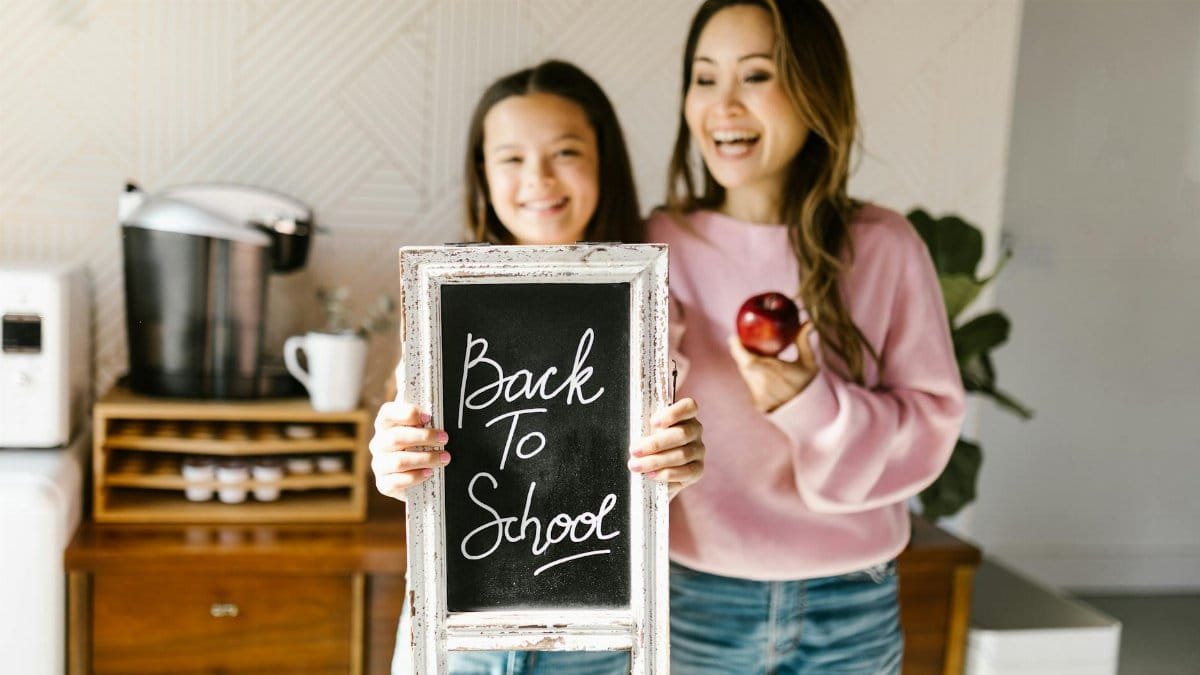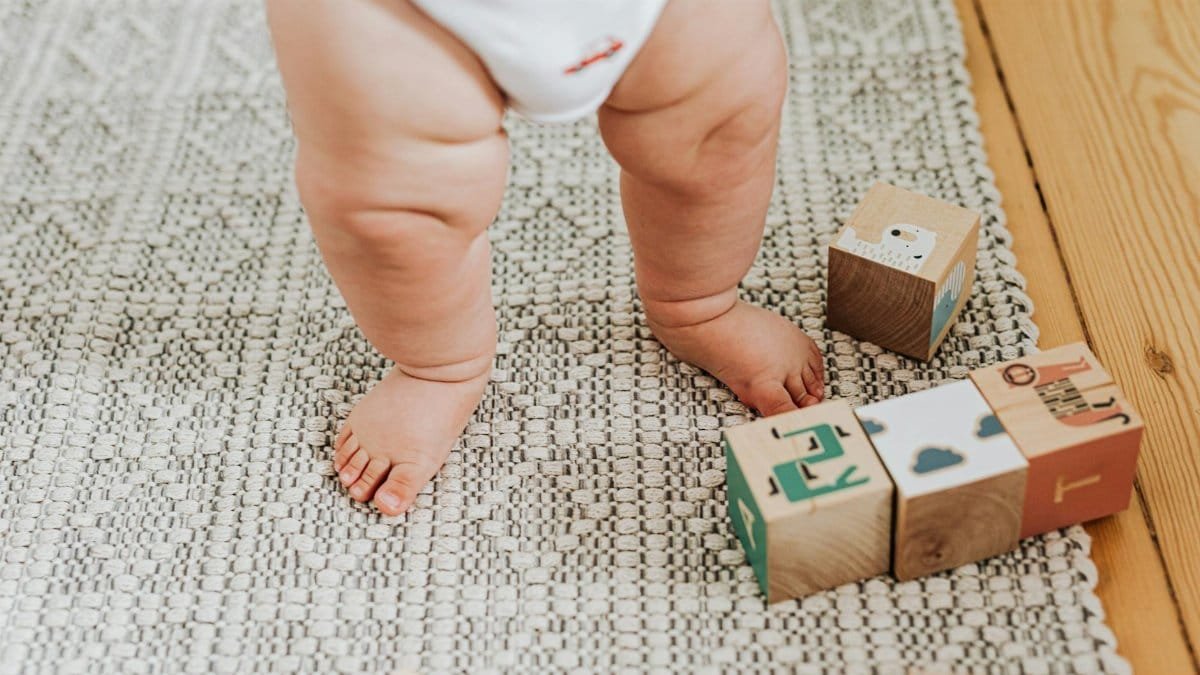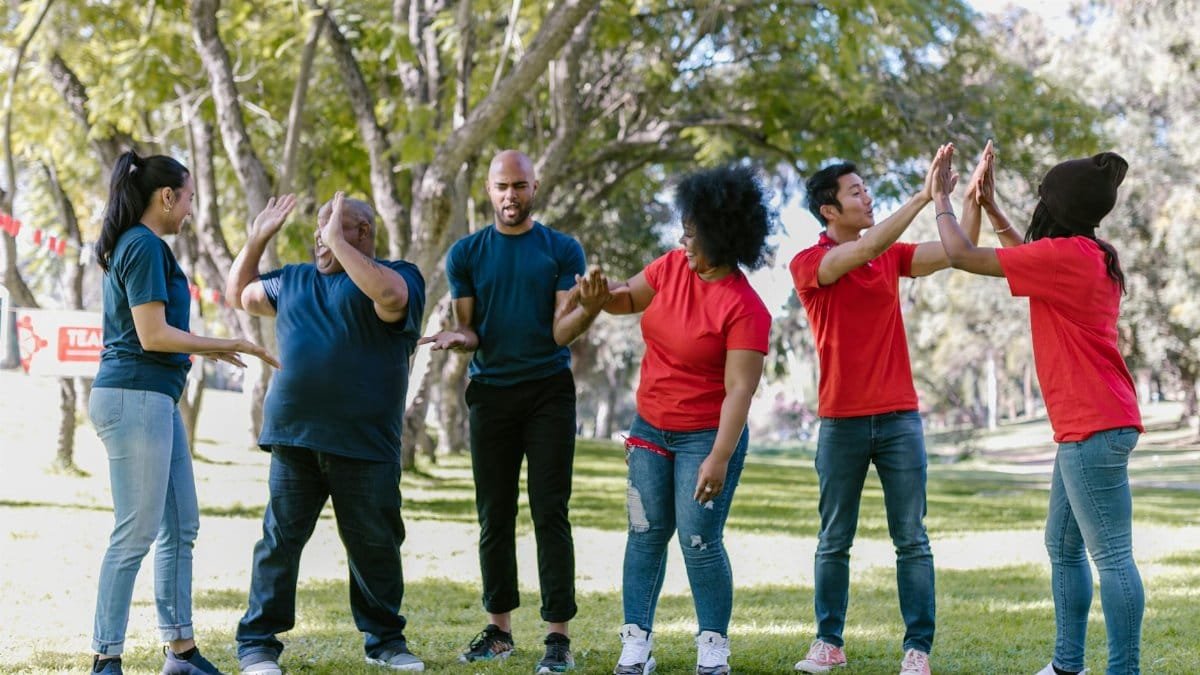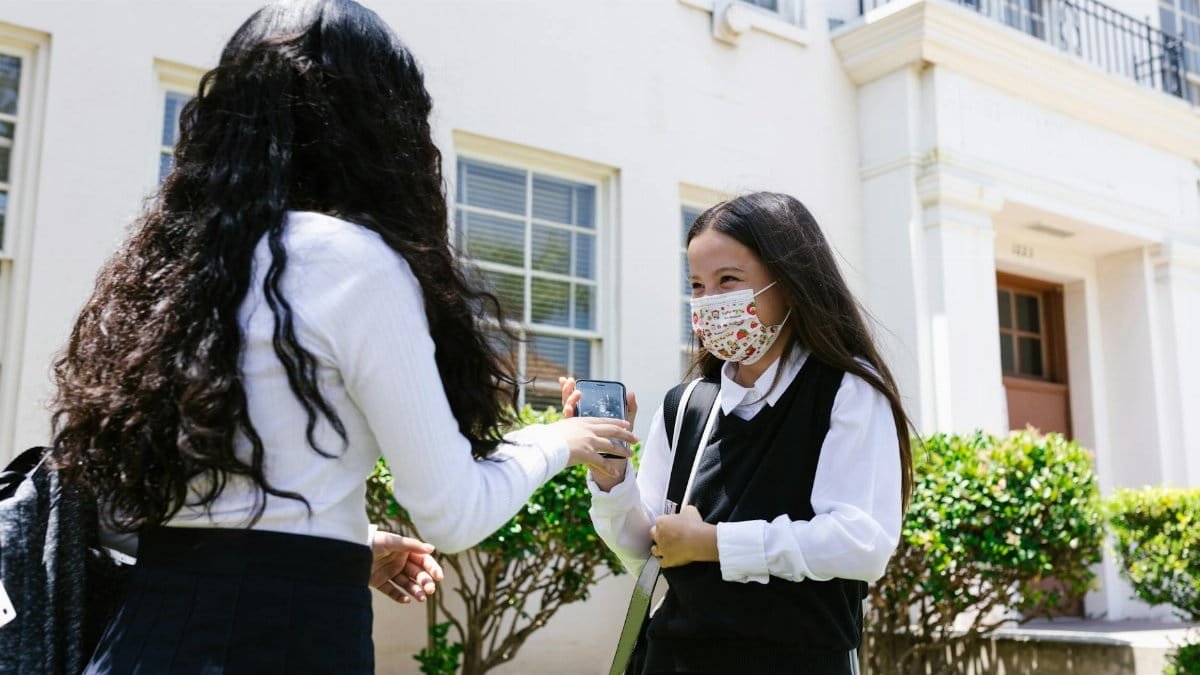Imagine a school where the morning bell doesn’t trigger a rush of anxiety, but instead signals a moment of calm focus. Across the United States, educators and parents are increasingly grappling with the stress that permeates modern education—test pressures, social media overload, and packed schedules. Yet, in pockets of innovation, a quiet movement is taking root. The idea of a “build mindful school guide” isn’t just a buzzword; it’s becoming a practical framework for reimagining how schools nurture both academic growth and emotional well-being. From small rural districts to urban charters, leaders are asking: How do we create spaces where students and staff alike can thrive, not just survive? This isn’t about quick fixes or trendy apps. It’s about laying a foundation for lasting change, brick by mindful brick, to reshape the very culture of learning in 2025 and beyond.
Why Mindfulness Matters in Schools Now

The numbers paint a stark picture. Anxiety among students has surged, with the Centers for Disease Control and Prevention reporting that nearly 1 in 5 children aged 12 to 17 experienced a major depressive episode in recent years. Schools, often the frontline for spotting and addressing these struggles, are under strain. Teachers report burnout at alarming rates, with a 2022 survey from the National Education Association showing over half considering leaving the profession. Mindfulness—broadly, the practice of intentional awareness—offers a potential lifeline. It’s not about ignoring academic rigor but balancing it with tools to manage stress. Schools that prioritize this approach see measurable drops in behavioral issues and boosts in focus, suggesting that a mindful environment might be less luxury and more necessity.
Defining the Core of a Mindful School

What does it mean to build a mindful school? At its heart, it’s about creating an environment where emotional regulation and self-awareness are as valued as math scores. This starts with a shared vision among administrators, teachers, and even students. Think daily practices like brief breathing exercises before class, or “calm corners” where a child can reset without judgment. It’s also about modeling—teachers who openly practice patience or gratitude set a tone that ripples outward. A principal in a midwestern district described it as “teaching kids to pause before they react, whether it’s to a tough test or a playground spat.” This isn’t abstract. It’s a concrete shift in how time and space are used, prioritizing mental clarity alongside traditional learning goals.
Starting Small: Practical First Steps

Transformation doesn’t happen overnight. For schools looking to build a mindful foundation, the first step might be as simple as a five-minute morning check-in. One elementary school in Oregon piloted this, having teachers guide students through a quick reflection: How do you feel today? What’s one thing you’re grateful for? The result, after just a semester, was a noticeable dip in morning meltdowns. Start with training—bring in experts or use free resources from organizations like Mindful Schools to equip staff with basic techniques. Then, carve out time. Even a weekly assembly focused on empathy or listening skills can plant seeds. The key is consistency, not scale. Small, steady habits build trust and show that mindfulness isn’t a fad but a fixture.
Engaging the Whole Community

A mindful school isn’t just about students. Parents, staff, and even bus drivers play a role. Resistance can bubble up—some might scoff at “soft” initiatives when test scores loom large. Addressing this means communication. Host workshops where families experience mindfulness firsthand, like a guided meditation evening. Share data, too. Studies from the Greater Good Science Center at UC Berkeley show mindfulness programs can improve family relationships, not just classroom dynamics. One parent, after a school-led session, admitted, “I thought this was nonsense, but I left feeling lighter—and so did my kid.” When skepticism turns to buy-in, the culture shifts. Schools become less like pressure cookers and more like shared spaces of growth for everyone involved.
Overcoming Common Roadblocks

Let’s not sugarcoat it—building a mindful school guide isn’t without hurdles. Time is a big one. With curricula already overstuffed, where do you fit in meditation or empathy exercises? Funding is another barrier; not every district can afford trainers or materials. Then there’s pushback from those who see mindfulness as unrelated to “real” education. Solutions lie in integration, not addition. Weave mindfulness into existing lessons—use literature discussions to explore emotions, or science class to explain the brain’s stress response. Lean on free online tools or local nonprofits for support. And when critics balk, point to outcomes: reduced suspensions, happier teachers, engaged learners. Persistence matters. Change starts when one classroom proves it works, inspiring the next.
The Ripple Effect on Learning

Picture a middle schooler who used to dread group projects, always fearing judgment. After months in a mindful school environment, they’re pausing to breathe before speaking, listening instead of snapping. This isn’t hypothetical. Teachers in pilot programs report students showing more patience and curiosity in class. Academic performance often ticks up, not because mindfulness replaces rigor, but because it clears mental clutter. A stressed brain struggles to retain information; a calmer one absorbs more. Beyond grades, these skills—self-regulation, empathy—equip kids for life’s messier challenges. In 2025, as social and digital pressures mount, schools that foster such resilience might just be preparing students for more than a diploma. They’re building better humans.
Scaling Up Without Losing Soul

Once mindfulness takes hold in a school, the temptation to expand fast can dilute its impact. A district in California learned this the hard way, rolling out a district-wide program without enough training. Teachers felt forced; students sensed inauthenticity. The lesson? Depth over breadth. Focus on mastering mindfulness in one grade or building before scaling. Involve students in shaping practices—let them suggest how to start class or design quiet spaces. Keep checking in: Are we still prioritizing connection over compliance? A mindful school isn’t a checklist. It’s a living ethos. When growth respects that spirit, the impact deepens, turning a single campus into a model others can adapt, not just copy.
Looking Ahead With Measured Hope

The movement to build mindful school guides is still young, but its potential feels vast. Across the country, from bustling city schools to quiet rural ones, educators are experimenting. Some weave mindfulness into discipline policies, replacing detentions with reflection sessions. Others train peer mediators to resolve conflicts with calm dialogue. Challenges remain—equity, for one, demands that under-resourced schools get equal access to these tools. Yet the stories emerging, like a high schooler anonymously sharing online how a daily mindfulness break “saved me from spiraling,” hint at a hunger for this shift. It’s not a cure-all. But as stress continues to shadow education, creating schools where calm and curiosity coexist might be the most radical, and necessary, step we take.
